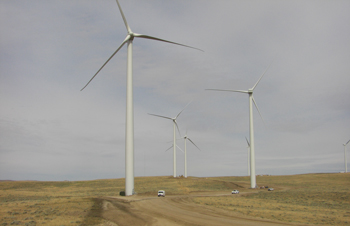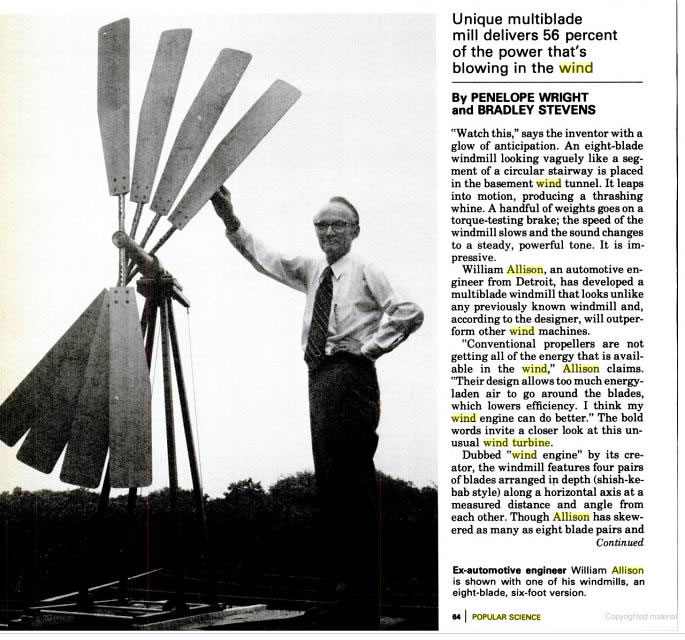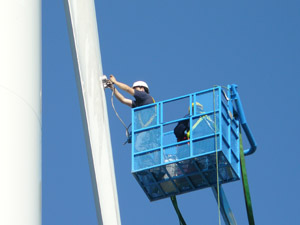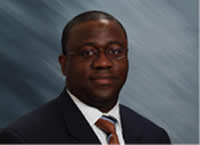In Support of Wind Energy: The Foundations that Underlie Wind Projects
Wind Powered Engines And The Elusive 59% Efficiency
Wind energy: Why is project certification so important?
Condition Monitoring for Wind Turbines
Interview - 20% Energy from Wind by 2030 - A Reality Check
Interview - Community Winds Coming of Age
Offshore Wind
The Maine Wind Industry Initiative
WHY 2 BLADED ROTORS MAKE SENSE
Better Wind Turbine Transmission
MIT Clean Energy Entrepreneurship Prize
SMALL-SCALE WIND ENERGY
Need for Wind Energy Professionals Will Rise
SGS Conducts QHSE Management for the Belwind Bligh Bank Offshore Wind Farm in Belgium
Testing times for wind turbines
Records 31 to 45 of 50
First | Previous | Next | Last
Featured Product









